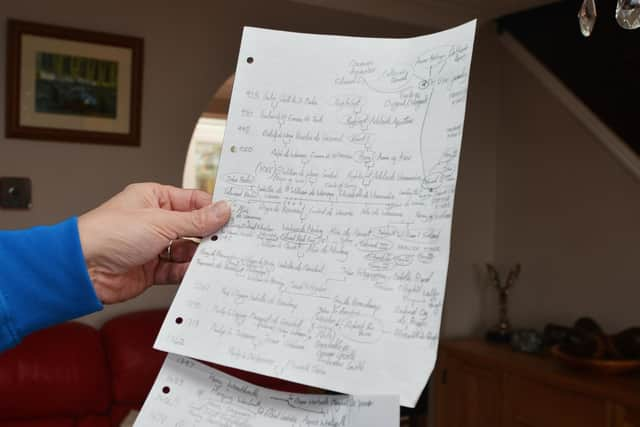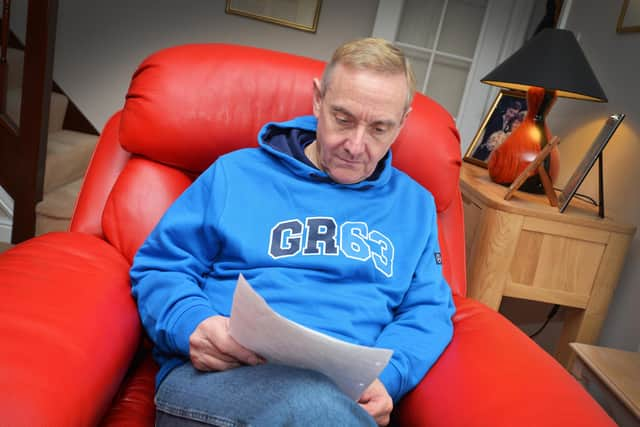Hastings bus driver's shock after discovering he is related to one of William the Conqueror's knights
and live on Freeview channel 276
Stephen Hillier said his nephew, who is a historian and has written several books, also managed to trace his family tree back to other royal figures, such as Henry IV and Anne Boleyn, Henry VIII’s second wife.
He said the extensive research by his family revealed that he is related to William de Warenne, who was one of the 35 Norman knights, known among the few historical documents to have fought under William the Conqueror at the Battle of Hastings in 1066.
Advertisement
Hide AdAdvertisement
Hide AdWilliam de Warenne, who died in 1088, was the 1st Earl of Surrey and Lord of Lewes and a Norman nobleman, who was created Earl of Surrey under William II Rufus.


Stephen said: “My son Christopher Hillier, who has a first class honours degree and a masters degree, has been working on the family tree.
“It looks very much like a who's who of medieval England and it is totally unbelievable.
“My nephew's name is Mark Hillier and he writes books on the First and Second World War, aviation history, and is also a well-known historian.
Advertisement
Hide AdAdvertisement
Hide Ad“The family tree starts with William de Warenne, who is one of the 35 known Norman knights at the Battle of Hastings, which in itself is totally fascinating.


“I have also found that I have connections to Henry IV of England, Anne Boleyn, Catherine Howard, and Jane Seymour, plus connections to most of the Plantagenets.”
Henry IV, also known as Henry Bolingbroke, was King of England from 1399 to 1413.
Anne Boleyn was Queen of England from 1533 to 1536, as the second wife of King Henry VIII. After only three years of marriage she was executed at the Tower of London for treason and other charges.
Advertisement
Hide AdAdvertisement
Hide AdCatherine Howard was Queen of England from 1540 until 1541 as the fifth wife of King Henry VIII. She was a cousin of Anne Boleyn and like Anne was beheaded at the Tower of London.


Jane Seymour was Queen of England as the third wife of King Henry VIII from their marriage in May 1536 until her death the next year.
The House of Plantagenet was a royal house which originated in the French county of Anjou. The house, which provided 14 kings, which reigned in England from 1154 to 1485.
Stephen added: “For a man who grew up on a council estate in East Sussex and works as a bus driver for a living, is totally mind-blowing.
Advertisement
Hide AdAdvertisement
Hide Ad“My nephew Mark used one of the popular ancestry sites, but also used DNA. When I tried this, I got stuck about the 1600s, but Mark managed to condense it down to just the direct line as the family tree is just so big.
“The DNA shows Viking descendancy which would make sense, as I believe Vikings invaded Normandy at some stage.
"What I would like to see happen with this information is if there are any budding historians or genealogists to go through our work so far, some of it is potentially complicated being a Royalist.
“Also it would be nice to see what happens to the title of Lord of Lewes, as that would be nice to bring home to the family as a whole.”